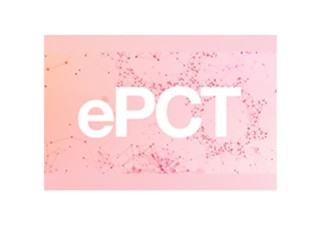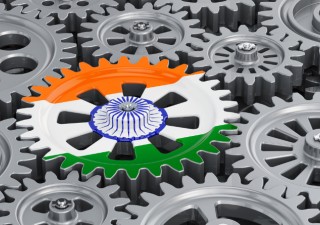Having this in place is very relevant nowadays, especially during the search for a vaccine. According to Kai Ching, Partner, Champion IP Service, while in the race for vaccine development, such a mechanism could assist to facilitate the examination process of these patent applications when they are published.
“On the other hand, industries in relation to respiratory equipment and devices are also sustaining innovation performance and active in protecting their inventions to pioneer the market,” she says. “As such, what this mechanism achieved (i.e. enhancing the quality of examination and encouraging public's involvement) would be useful in avoiding and defending (for their invention) from potential infringement risks.”
This mechanism can be taken as a defensive and preventive measure for the businesses and companies who face potential infringements. Ching says that for instance, if they discover an interested party apply their invention for patent applications without their consent and prior to their filing of applications, they can use this mechanism to file an observation and potentially lead the interest party's applications to rejection.
“This measure will save time and costs as actions to be taken after a potential-infringing patent application is granted tend to be pricey and time-consuming,” she says. “For businesses and companies who receive observation submitted by the third party, this mechanism also provides them with an opportunity to furnish their protection scope and aware of their application's vulnerability.”
She adds that there is a possibility that this mechanism can be misused by businesses and companies as a tool to hinder their competitors' patent applications. Such behavior might raise issues of fair competition.
“All in all, it is undoubted that this mechanism gives positive impacts in enhancing the quality of patent examination and encouraging participation of the public after the Taiwan Intellectual Property Office regulates how this mechanism works,” says Ching. “Furthermore, this mechanism also provides another defensive and preventive mean for patent applicants (businesses and companies) to protect their invention and avoid possible infringement risks.”
Excel V. Dyquiangco








